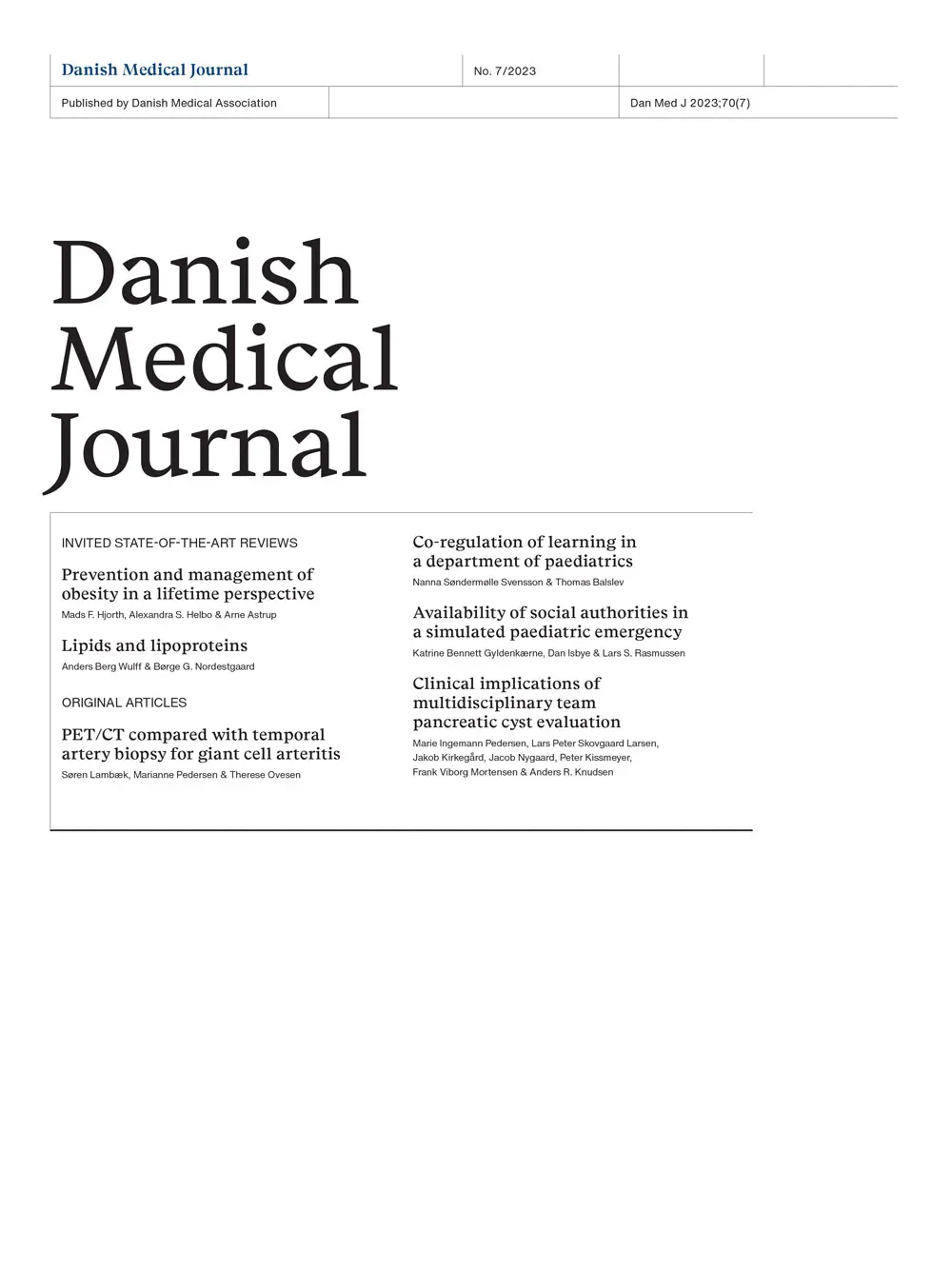
Surgical versus conservative treatment of midshaft clavicle fractures

Surgical versus conservative treatment of midshaft clavicle fractures
Clavicle fractures may be conservatively treated with acceptable results - a systematic review
Dan Med J. 2012 Jul;59(7):A4457Synopsis
This systematic review identified 5 studies (four RCTs and one cohort study: total of 365 patients for all studies) that assessed which treatment modality - surgical or conservative - was the optimal treatment for acute, displaced midshaft clavicle fractures. Results indicated that the surgical treatment led to a better functional outcome (measured with the Constant score) and lower mal- and non-union rates compared to conservative treatment. However, clinical relevance of the observed functional benefits needs to be considered before a definitive conclusion can be made regarding best treatment options.
Were the search methods used to find evidence (original research) on the primary question or questions stated?
Was the search for evidence reasonably comprehensive?
Were the criteria used for deciding which studies to include in the overview reported?
Was the bias in the selection of studies avoided?
Were the criteria used for assessing the validity of the included studies reported?
Was the validity of all of the studies referred to in the text assessed with use of appropriate criteria (either in selecting the studies for inclusion or in analyzing the studies that were cited)?
Were the methods used to combine the findings of the relevant studies (to reach a conclusion) reported?
Were the findings of the relevant studies combined appropriately relative to the primary question that the overview addresses?
Were the conclusions made by the author or authors supported by the data and or analysis reported in the overview?
How would you rate the scientific quality of this evidence?
Yes = 1
Uncertain = 0.5
Not Relevant = 0
No = 0
The Reporting Criteria Assessment evaluates the transparency with which authors report the methodological and trial characteristics of the trial within the publication. The assessment is divided into five categories which are presented below.
4/4
Introduction
3/4
Accessing Data
1/4
Analysing Data
1/4
Results
2/4
Discussion
Detsky AS, Naylor CD, O'Rourke K, McGeer AJ, L'Abbé KA. J Clin Epidemiol. 1992;45:255-65
The Fragility Index is a tool that aids in the interpretation of significant findings, providing a measure of strength for a result. The Fragility Index represents the number of consecutive events that need to be added to a dichotomous outcome to make the finding no longer significant. A small number represents a weaker finding and a large number represents a stronger finding.
Why was this study needed now?
In the past five years, there has been a major shift towards primary surgical treatment of acute, displaced midshaft clavicle fractures. However, there has been a lack high quality compelling evidence to support this shift in treatment, and a concern has been raised that primary surgical intervention may lead to overtreatment. Additionally, commonly used shoulder scores have yet to be validated for patients with clavicle fractures. This study aimed to investigate treatment indication for this type of fracture based on the current literature available.
What was the principal research question?
Which treatment modality - surgical or conservative - for acute, displaced midshaft clavicle fractures would lead to better functional outcomes and lower non-union rates?
What were the important findings?
- In the four studies that compared surgical to conservative treatment, the Constant scores were significantly greater at measure points in the surgical group. A difference in the Constant score of ten points or more has been considered clinically relevant, only one study met this difference at 1 year follow-up.
- A comparison between two operative methods (Ferran et al), intramedullary nailing and plate fixation, found higher Constant scores in the nailing group at all measure points during follow-up (but were found statistically insignificant at the one-year follow-up).
- Three studies reported 100% union in all of the patients who underwent surgical intervention with the lowest union rate being 96% for a surgical intervention. Union in the conservatively treated groups was lower than in the surgery treated groups ranging from 68%-96%.
- Complication rates were lower in the surgically treated group (28%) than those treated conservatively (47%).
- The majority of complications involved prominent hardware causing soft tissue irritation (approximately 26% of all plate-related complications); wound infection (16%) and hardware failure (16%) were other frequent complications.
- The most predominant complication displayed in the conservatively treated group was symptomatic malunion, where it accounted for 67% (40/60) of the complications.
What should I remember most?
The results indicated that surgical treatment of acute, displaced midshaft clavicle fractures led to better functional outcomes and lower mal- and non-union rates than patients receiving conservative treatment. However, clinical relevance of the observed functional benefits still needs to be determined.
How will this affect the care of my patients?
The evidence currently suggests that operative treatment provides slight improvements in functional scores and union rates. There is still a lack of definitive evidence to definitively conclude that primary surgical treatment yields superior results. Future studies should focus more on patients at high risk of non-union as they may benefit more from operative treatment. Additionally, validation of the shoulder outcome scores commonly employed to assess the functional outcome of clavicle fracture treatment needs to be done.
Learn about our AI Driven
High Impact Search Feature
Our AI driven High Impact metric calculates the impact an article will have by considering both the publishing journal and the content of the article itself. Built using the latest advances in natural language processing, OE High Impact predicts an article’s future number of citations better than impact factor alone.
Continue



 LOGIN
LOGIN

Join the Conversation
Please Login or Join to leave comments.